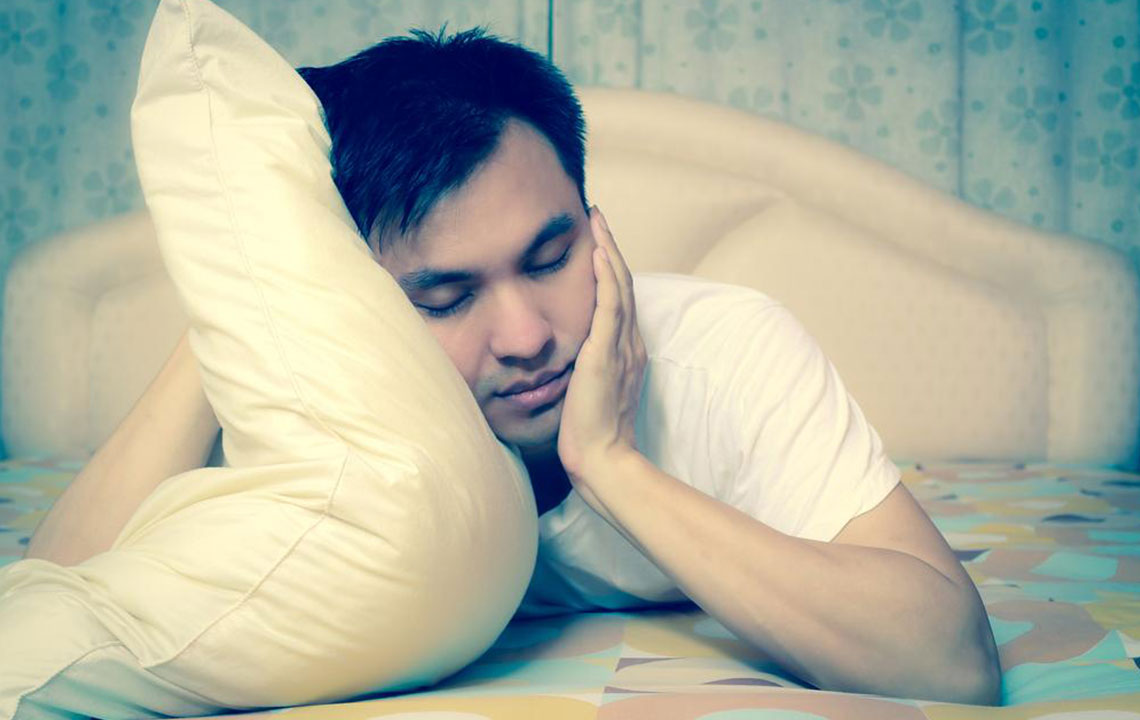Key Symptoms of Sleep Disorders You Should Know

People across all age groups experience the problem in sleeping at some or the other time. These sleep disorders occur due to varying reasons including personal or professional stress, illness with self or family and many other reasons which change with time.
This disorder cannot be taken lightly as it might result in weight gain and problem in dealing with challenging situations in life.
Symptoms of sleep disorder
A person might experience sleeping problems which continue for a while. These can be some minor sleep problems and can take a toll on your health in the longer run.
Before we dwell into detailed reasons of sleep deprivation, it is essential to consider if a person who is suffering from this health complication feels sleepy during day hours or finds it difficult to concentrate. Sometimes people also find it difficult to control their emotions or require beverages having caffeine to keep them going.
If any of the following symptoms of sleep disorders appear in a person, it is almost certain that they are suffering from the sleep disorder.
Insomnia
If a person is unable to sleep at night, it can be understood that the individual is suffering from insomnia. This particular sleep disorder occurs due to the stress condition, jet lag or the habit of taking excess tea or coffee. To get over this sleep disorder, the person should revise their sleeping trends and learn some relaxation techniques.
Sleep apnea
Sometimes a person wakes multiple times during the night. This happens as they feel suffocation and experience lack of breath. These are the symptoms of sleep disorder which are known as sleep apnea.
Such people despite sleeping on time during night hours experience restlessness during the day. If you have experienced such a medical condition, consider these as symptoms of sleep apnea and seek immediate suitable medical assistance.
Restless leg syndrome
One of the key symptoms of sleep disorders is the urge a person faces to move the arms and legs during night hours. This urge is due to sleeping in some uncomfortable situation, and such people are known to suffer from restless leg syndrome.
Narcolepsy
People who suffer from this sleeping disorder experience the urge to sleep during day hours. This urge is so strong that such people cannot resist the tendency of not sleeping during daytime. Such people often experience the bouts of sleeping even when they are talking, working or driving a vehicle.
If you ever come across such a person, it is almost certain that they might be suffering from a symptom of sleep disorder known by the name of Narcolepsy.
Rhythm sleep disorders
The body and mind of a human work according to the biological clock. If a person has been working on odd hours for long, this rhythmic clock undergoes a change. The symptoms of disruption in this biological sleep clock include bouts of depression and put them in a situation where they are not able to do any constructive task.
Delayed sleep phase disorder
If a person is waking up earlier or later than other people in your home, consider this as a major sign of sleep disorder. This sleep disorder symptom afflicts young people the most, and they take the time to get over this disorder.
How to get over sleep disorders
Sleep disorder is a medical and behavioral issue alike and getting over this problem is a challenge for many people who face it. However, if certain techniques are practiced on a regular basis, it will lead to that person recovering from symptoms of sleep disorders.
- Improving the daytime habits
If a person irrespective of his or her sleeping disorder issue develops a trend of following a consistent sleep schedule, does regular exercise and limits intake of caffeine-rich food, the person is likely to get over this problem. - Development of appropriate bedtime schedule
A person should follow a rigid bedtime schedule so that the mind and body get prepared suitably for sleep. The bedroom for experiencing quality sleep should be quiet and dark. Additionally, taking a bath in warm water or listening to some soothing music will help in getting proper sleep. - Sleep long enough during night hours
A person might get up much often during night hours. While at times this is need of the hour but if this trend persists for a longer duration, it will become a habit. If a person is suffering from this symptom, it is an indication that sleep disorder issues might trouble them in the near future.
Try to have proper and comprehensive sleep and only then a person will remain healthy and fit. If any of the above-listed symptoms of sleep disorders afflict a person or his and her loved ones, it is the need of the hour that medical checkup from a qualified doctor should be done. There are many medicines and techniques which help a person get over this problem.


